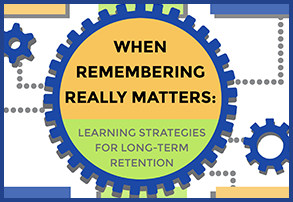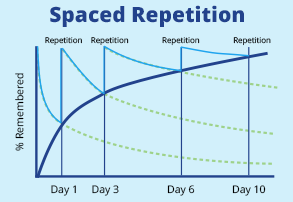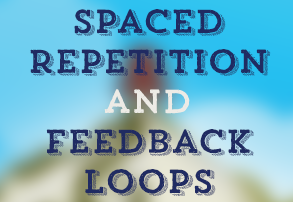
As 2014 comes to a close, your head just might be swimming with plans, mandates and ideas for the coming year. What L&D initiatives will you focus on first? What’s the current status of all those “trends” we were hearing about last January?
To help you sort through the clutter, I’ve gathered the ten top articles from both our Bottom-Line Performance and Knowledge Guru blogs from the past year. These articles were picked based off of page views, social media shares, educational value and overall reaction from the corporate learning community.
1. Learning Theories Gone Wild – Urban Myths that Hurt Your Learning Designs
This article by Sharon Boller was widely shared in learning and development circles for good reason. Myths such as learning styles, the cone of learning, an “absolute” forgetting curve and more can be downright damaging to corporate learning and development efforts. Make sure your learning solutions are designed based off of sound instructional design… not popular opinion. Read More.
2. When Remembering Really Matters – White Paper from Sharon Boller
Speaking of instructional design, Sharon went even more in depth in this white paper. It outlines four strategies for learning, and four for remembering, that are proven to increase retention. You’ll also find examples of business situations where remembering directly impacts the success of the organization. Read More.
3. Spaced Retrieval, Retrieval Practice, and Knowledge Guru: What Research Tells Us
This well-research article by Dr. Karl Kapp was published on our Knowledge Guru blog. It explains, in clear terms, what the research says about spaced repetition. If you’re thinking about incorporating spaced repetition into your learning strategies, the collection of studies in this article provide a terrific reason “why.” Read More.
4. Learning Solutions and Your Product Launch: The Secret to Success – White Paper
So many of the learning solutions we produce are part of a large, blended curriculum. Oftentimes, that curriculum is in support of a product launch. In this white paper, VP of Learning Services Nancy Harkness shows how a blended curriculum is often a key ingredient to a successful product launch. Read More.
5. Project Showcase: Memorable eLearning for Salon Employees
Some of our most popular articles in 2014 were really case studies of successful eLearning projects. This one features safety training we created for Regis Corporation. You’ll find lots of course screenshots and detailed descriptions of the techniques we used to engage salon employees. Read More.
6. 4 Ways Serious Games Link to Learning
It’s no coincidence that Sharon Boller’s work consistently shows up as the most-visited content across both our websites. This PDF guide, available on the Knowledge Guru site, shows the clear link between what’s required to learn and ways games can be used for learning. Read More.
7. The Corporate Learning Guide to Spaced Repetition and Feedback Loops
Games are only effective for learning when carefully linked to the science of remembering. This short white paper, published via the Knowledge Guru website, provides further explanation on spaced repetition while also introducing feedback loops as a way to increase learner retention. Read More.
8. eLearning Trends That Will Fizzle, Sizzle, or Simmer in 2014
We often start the year with a white paper or blog post that discusses the latest, “greatest” trends. In this article, Sharon Boller identified the trends she expected to boom… and bust. Was she right? Read More.
9. How Do Serious Games Work in a Large Enterprise?
We work with clients every day to integrate both Knowledge Guru games and custom serious games into their training programs. This article resonated with our readers because it shows how to avoid the common pitfalls that can cause serious games to be ineffective. Read More.











